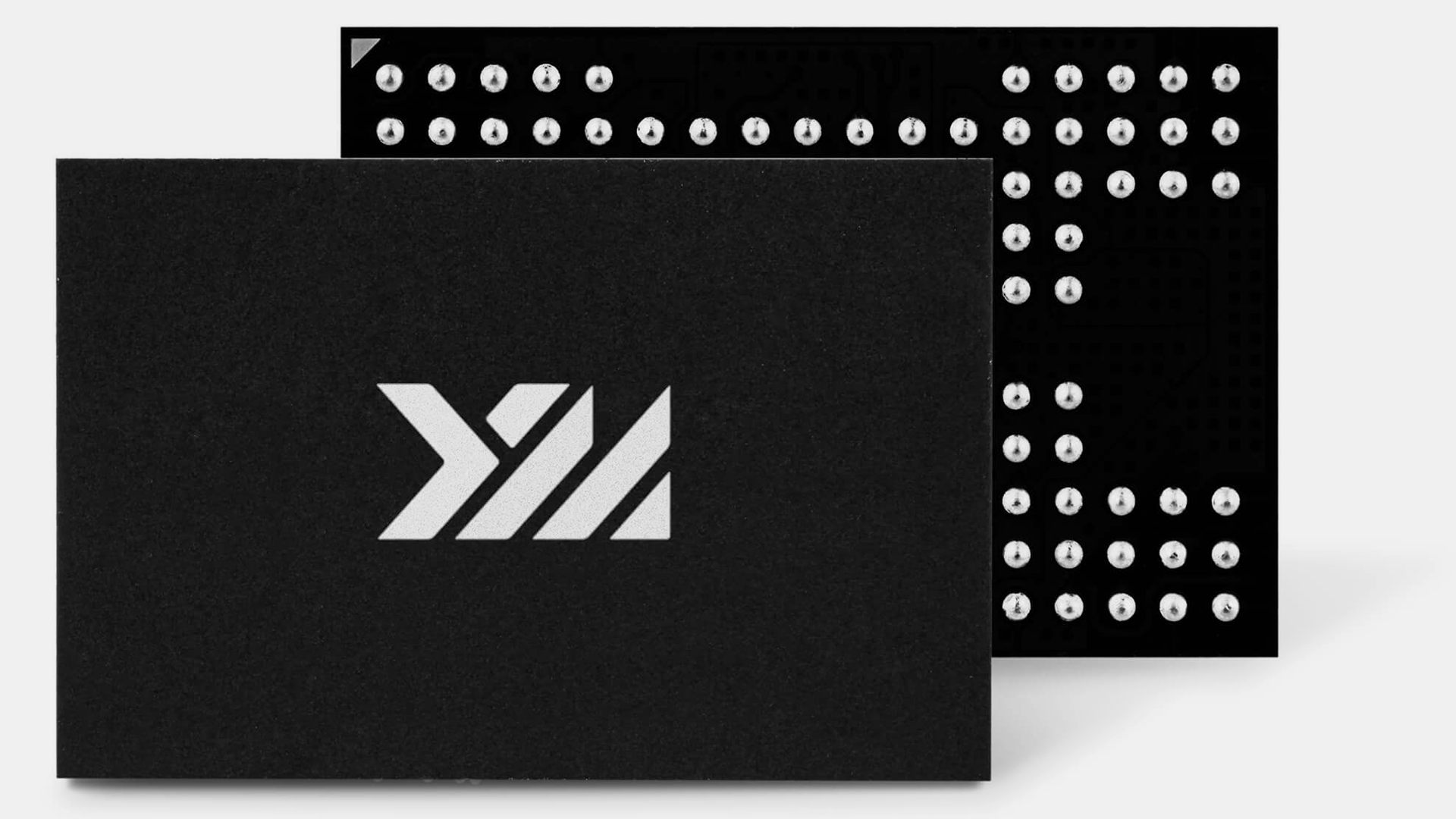
YMTC, a Chinese 3D NAND maker, is not only ramping up production of flash memory at a rapid pace, but does so using silicon wafers produced in China, according to chief executive and chairman of Sumco, a major raw wafer manufacturer. This, among other tactics, allows the Yangtze Memory Technology Co. (YMTC) to increase the output of 3D NAND despite major sanctions imposed by the U.S. government against the company. It also indicates that China is strengthening its chip supply chain to boost the production of its own homegrown blank wafers, which are then used to create various types of semiconductors.
"Although the majority of wafers produced in China are test wafers, based on our investigations, we understand that wafer production is at around one million," said Mayuki Hashimoto, CEO and chairman of Sumco, at the company's earnings call earlier this month (via SeekingAlpha), according to a quote published by Sravan Kundojjala, an analyst with SemiAnalysis. "The key memory player, where the state is the majority stakeholder, is thought to be consuming 400,000 to 500,000 in domestically produced wafers."
Chinese 3D NAND and DRAM makers have been procuring new equipment and expanding their manufacturing capacity for several years now. For example, Changxin Memory (CXMT), a DRAM maker, increased its monthly output from 70,000 300-mm wafers per month in 2022 to 200,000 wafers per month in 2024, according to a media report.
The exact capacity of YMTC's fabs is unknown, but if the quote is accurate and the company consumes some 500,000 domestically produced wafers (and probably some produced abroad, too), we can presume that the manufacturer can now build several hundreds of thousands of 3D NAND wafers per month (at least around 250,000), keeping in mind that the company produces NAND memory array and NAND logic using different process technologies on two different wafers, which are then joined together.
Based on data from TrendForce, Yangtze Memory controlled around 5% of the global 3D NAND market, though given how hard it is to analyze Chinese companies, it is possible that the scope of YMTC capabilities could be even more vast. The very fact that even major American companies adopt 3D NAND memory from YMTC for their performance-mainstream solid-state drives proves that Yangtze Memory produces enough flash memory not only for the Chinese market, but for overseas markets, too.
Another thing to note about the claims made by the head of Sumco is that Chinese companies are ramping up the production of silicon wafers required to make chips. For now, the country can produce around a million wafers, and these wafers may not be suitable for the most advanced process technologies, according to Sumco. However, this localization is a part of the People's Republic's broader plan to build a more self-sufficient semiconductor industry.
"China appears to have developed their own capability to fabricate wafers," said Hashimoto. "Quality does not necessarily appear to be very good, but there is strong pressure to comply with the 'Buy China' policy. Local Chinese chipmakers, particularly those with a high degree of state involvement have little choice but to use made in China wafers. This policy directly competes with the inflow of wafers from the free world up to this point, but we do not have a lot of clarity on what exactly is going on."







